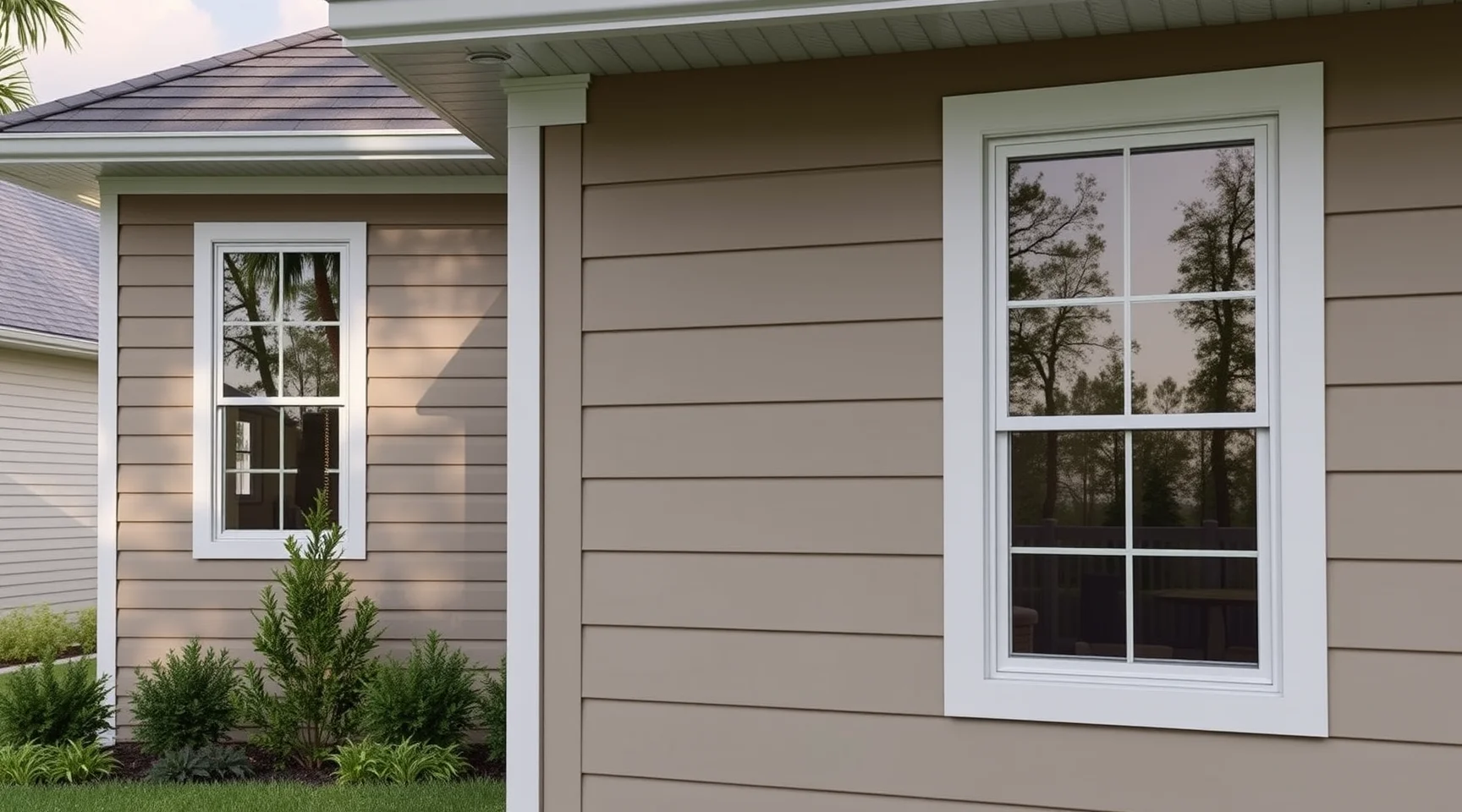
Step-by-Step Siding Hole Repair Guide | Easy Repair Tips
Complete Your Home Maintenance with Our Comprehensive Step-by-Step Siding Hole Repair Guide
Siding is a critical component of your home's exterior, providing protection against weather elements and enhancing curb appeal. Over time, however, siding can develop holes or damage from various causes such as storms, pests, or general wear and tear. Repairing holes in siding promptly not only preserves your home's integrity but also prevents further issues like water infiltration and mold growth.
At Lake Co Exteriors, we understand the importance of maintaining a pristine exterior. That’s why we've crafted this detailed step-by-step siding hole repair guide—designed to empower homeowners and DIY enthusiasts to undertake effective repairs confidently. Follow our expert advice to achieve professional-quality results and ensure your home remains sturdy and beautiful for years to come.
Why Is It Important to Repair Siding Holes Promptly?
Leaving siding holes unrepaired can lead to several problems, including:
Water damage: Holes allow moisture to penetrate, risking rot and mold growth.
Pest access: Small creatures can enter through even tiny openings, leading to infestations.
Energy inefficiency: Gaps in siding reduce insulation effectiveness, increasing energy bills.
Decreased curb appeal: Visual imperfections can diminish your home's value and appearance.
Understanding the significance of timely repairs motivates homeowners to act swiftly, ensuring long-term protection and beauty of their homes.
What Tools and Materials Do You Need for Siding Hole Repair?
Before starting the repair process, gather all necessary tools and materials to streamline your efforts. Here's what you'll need:
Utility knife: For cutting damaged siding or removing loose material.
Putty knife: To apply filler smoothly.
Polyurethane or exterior-grade filler: To patch small holes.
Replacement siding panel: For larger damaged sections.
Hammer and nails or siding screws: To secure replacement panels.
Measuring tape: For accurate dimensions.
Level: To ensure proper alignment.
Paint or stain: To match the existing siding color and finish.
For a comprehensive list and detailed guidance on beginner tools for vinyl siding DIY, check out our resource to make sure you're well-equipped.
How Can You Identify Siding Damage and Decide Whether to Repair or Replace?
What are the signs of siding damage?
It's essential to inspect your siding regularly for common indicators of damage:
Holes or punctures: Visible gaps or missing sections.
Cracks or splits: Fractures in the siding material.
Warping or buckling: Deformation due to moisture or heat.
Discoloration or mold: Signs of water intrusion.
When should you repair versus replace siding?
Minor damage like small holes can typically be repaired efficiently. However, extensive damage—such as large sections of missing siding or severe warping—may warrant a full replacement. In such cases, consulting a professional ensures the best long-term outcome.
For guidance on siding fascia issues and related repairs, consider expert assistance.
What Are the Step-by-Step Procedures for Siding Hole Repair?
How do you prepare the damaged area for repair?
First, clear the area around the hole, removing any loose or broken siding pieces. Use a utility knife to cut away frayed edges and create a clean, straight border for patching. Ensure the surface is dry and free of debris.
How do you patch small holes in siding?
If the hole is minor, consider using an exterior-grade filler or polyurethane-based sealant:
Apply the filler with a putty knife, pressing it firmly into the hole.
Smooth the surface, feathering out the edges for a seamless finish.
Allow the filler to cure as per manufacturer instructions.
Sand lightly if necessary for a smooth surface.
Paint over the patch to match the surrounding siding.
For larger or more complex damage, replacing the affected siding panel may be necessary. Learn more about attaching siding utility trim, which can help ensure a neat repair appearance.
How do you replace damaged siding sections?
Use a measuring tape to determine the size of the replacement panel needed.
Carefully cut the new panel to fit using a utility knife or siding-specific saw.
If your siding is vinyl, check out our guide on siding fascia repair for proper installation tips.
Secure the new panel with appropriate nails or screws, ensuring proper alignment with existing siding.
Seal the seams with exterior-grade sealant for an airtight, weatherproof fit.
Finish by painting or staining to match your existing siding.
How to Maintain Your Siding to Prevent Future Damage?
Regular maintenance extends the life of your siding and minimizes the need for repairs:
Schedule periodic inspections to catch issues early.
Clean siding annually using gentle cleaning agents and a soft brush or pressure washer.
Trim nearby trees and bushes to prevent physical damage and allow airflow.
Address water drainage issues promptly to avoid moisture buildup behind siding.
Repaint or reseal as needed to protect against UV damage and weathering.
For specific advice on maintaining soffit panels, consider reviewing our bulk soffit panel options.
Can I Repair Siding Damage Myself, or Should I Hire a Professional?
Many minor repairs, like patching small holes or replacing individual panels, can be tackled by DIY enthusiasts with basic tools. However, for extensive damage, or if you’re uncomfortable with the process, hiring a professional ensures the job is done correctly and efficiently.
Expert installers can also advise on the best materials and techniques to match your existing siding. Explore our comprehensive services for a hassle-free experience.
FAQs About Step-by-Step Siding Hole Repair Guide
How long does a typical siding hole repair take?
Repair time varies depending on the size and extent of damage. Small patches may take an hour or two, while larger replacements could require half a day or more. Proper preparation and the availability of materials also influence repair duration.
Is it necessary to paint after repairing siding holes?
Yes, painting or staining helps blend the repaired area with the existing siding, protecting against environmental elements and maintaining aesthetic appeal.
What are common mistakes to avoid during siding repairs?
Avoid rushing the process, using incompatible materials, or neglecting proper sealing. Ensuring clean cuts, secure fastening, and weatherproof sealing are critical for a lasting repair.
Conclusion: Seal and Protect Your Home with Confidence
Maintaining your home's exterior is an ongoing process, but with the right knowledge and approach, you can confidently tackle siding repairs yourself. Our step-by-step siding hole repair guide aims to simplify complex tasks, helping you preserve the beauty and durability of your house.
Remember, when in doubt, consulting with a professional ensures quality results and peace of mind. For expert assistance or to explore premium siding options, contact Lake Co Exteriors. Your home's protection starts with well-maintained siding—trust the experts to keep it in top condition.



















